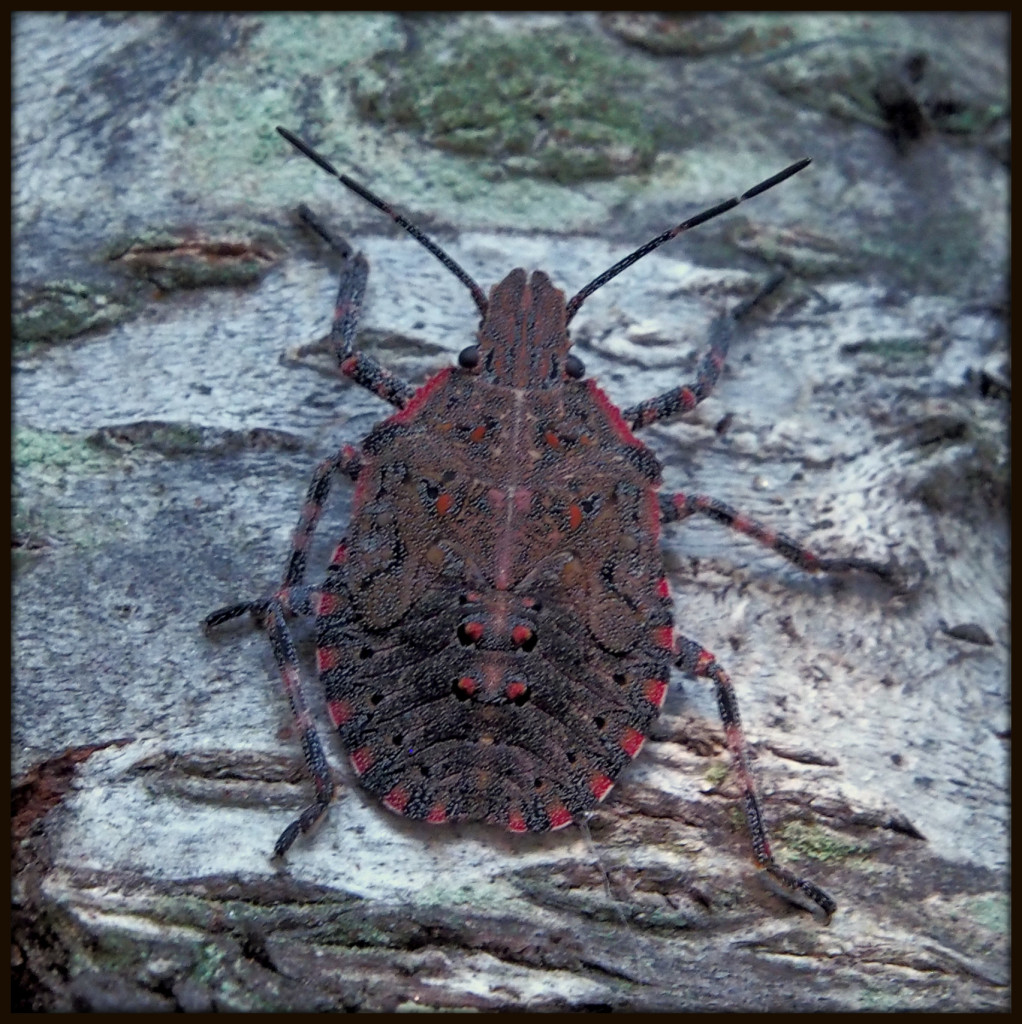Two horses, Shadow and Sky, graze blissfully in the shade of a pecan tree along Piney Woods Church Road, on a muggy August afternoon.
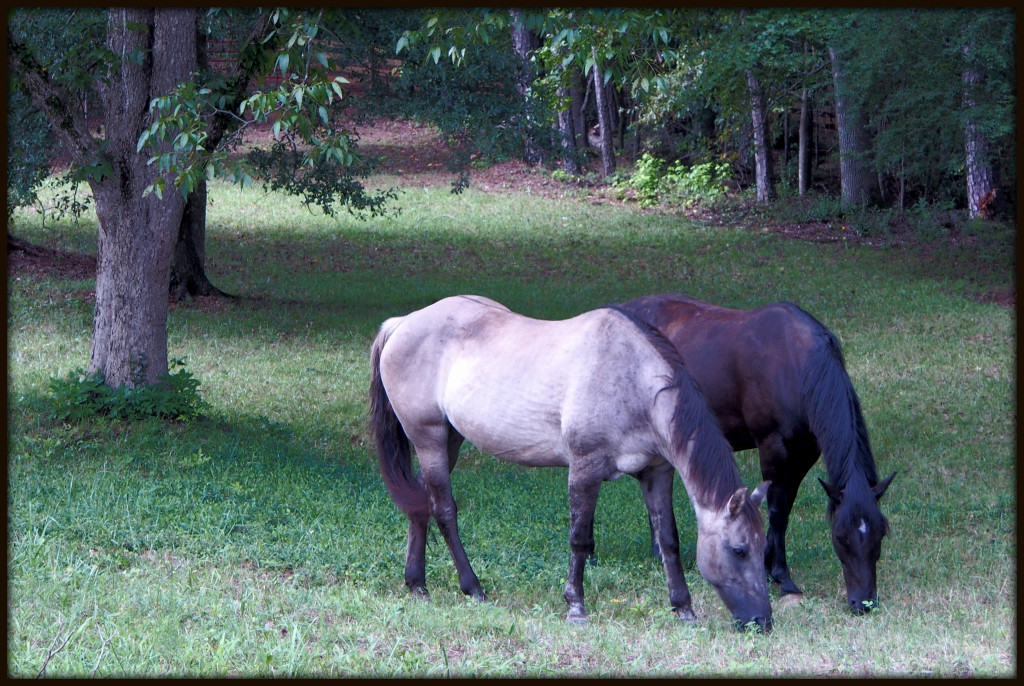
Two horses, Shadow and Sky, graze blissfully in the shade of a pecan tree along Piney Woods Church Road, on a muggy August afternoon.

I set out on a humid morning, after the fog had lifted and shortly before the heat descended. After so many dry afternoons I was drawn ineluctably to drops of water, minute suspended temporary worlds. My favorite photograph is of this single water droplet, hanging from the tip of a sweetgum leaf.
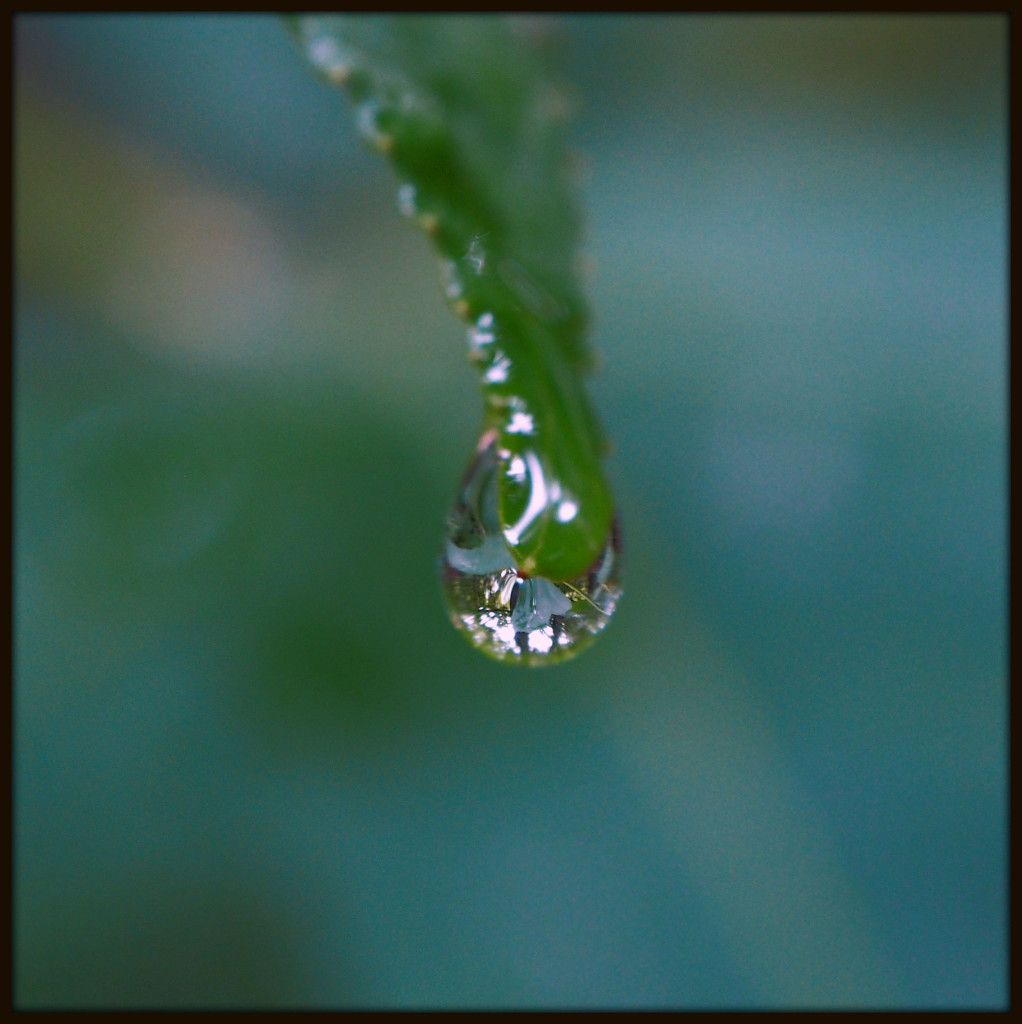
To put everyone into a festive holiday mood (Christmas is, after all, only 139 days away!), here is a still life with leaflets (and grass blades) red and green. It won’t be long now until autumn, either….
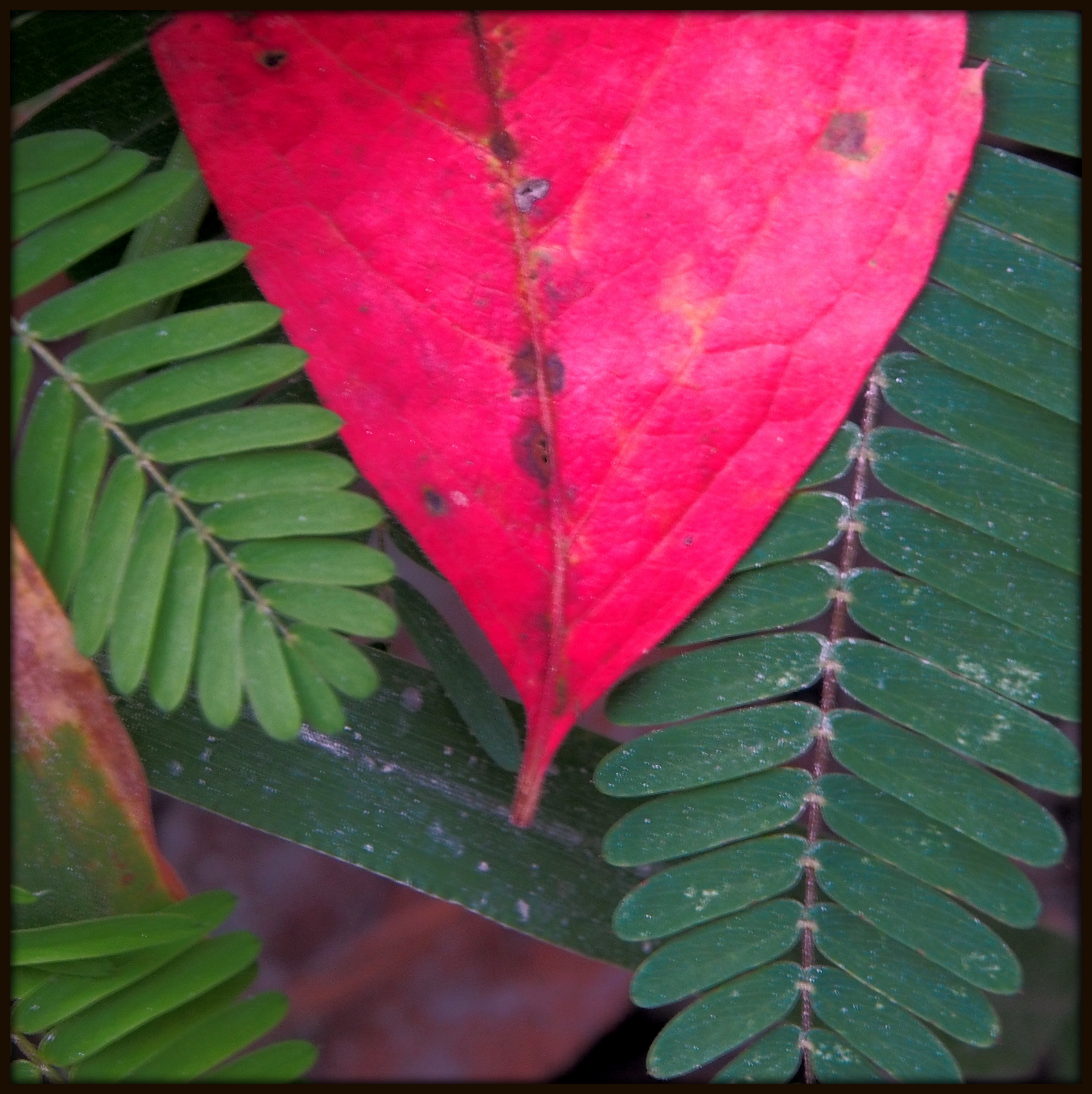
This small green insect (perhaps a quarter-inch long) with furtive eyes and a body like a leaf is one of my new-found favorites along Piney Woods Church Road. It is a Cone-headed Planthopper (Acanalonia conica). A strict vegetarian, it feeds on a wide variety of plants by piercing them and sucking their juices. This one was not very masterful at evading my camera, though it did try to get away a few times by shifting to the other side of the stem, out of sight and reach.
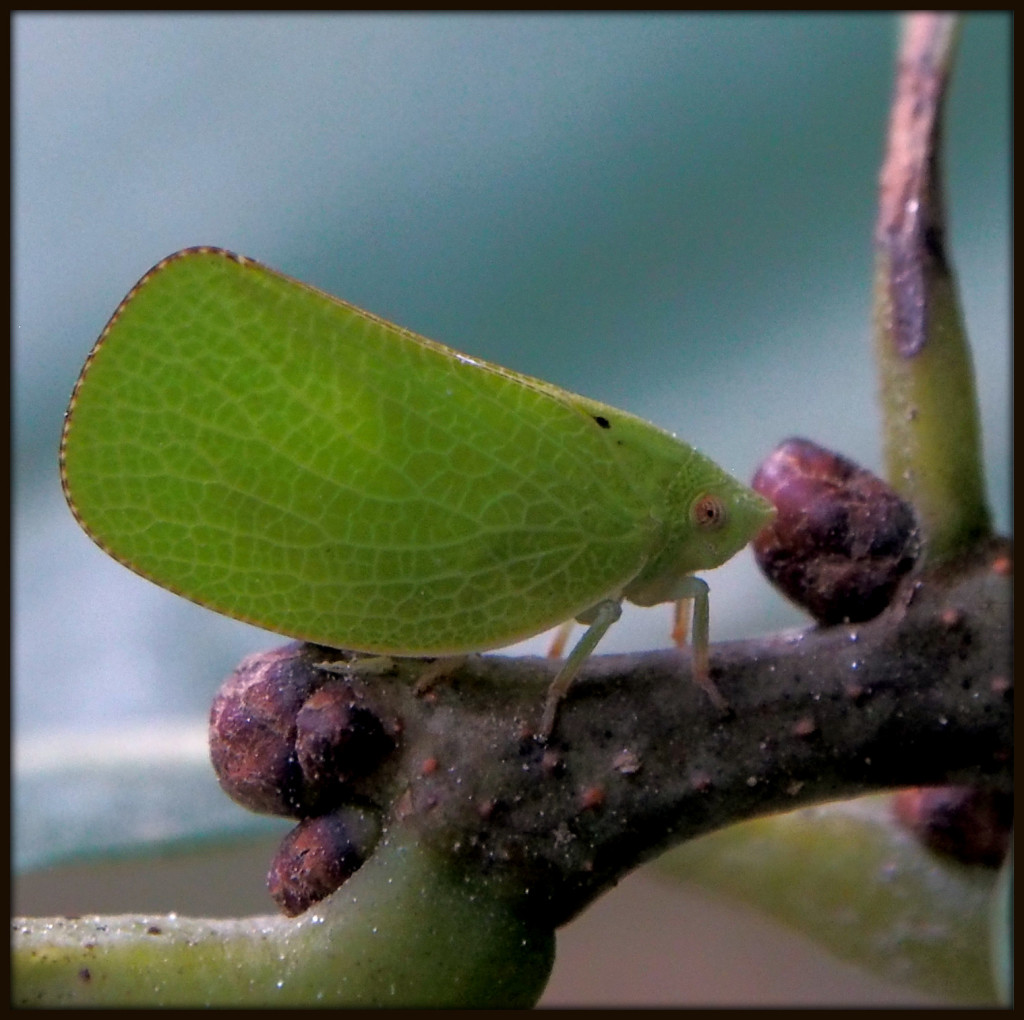
A morning photograph of a greenbrier leaf and stem along Piney Woods Church Road. I see greenbrier everywhere and every day I walk the road, yet it still offers me lovely photographic possibilities in the early and late-day light.
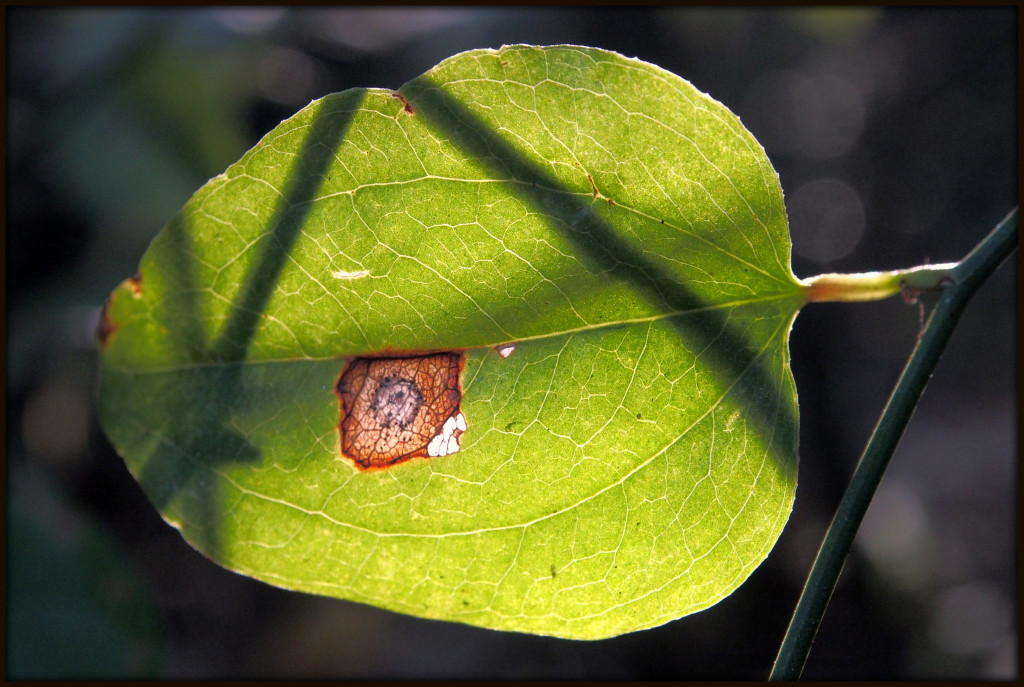
In my wandering down Piney Woods Church Road this morning, I inevitably returned to the Sweet Autumn Virginsbower (Clematis terniflora) blooming along a cattle pasture fence. I suspect I will take quite a few photographs of the flower in different light over the days to come. For today, my image juxtaposes the delicate, four-petaled white flower with a barb in the fence, a gray blur in the background.
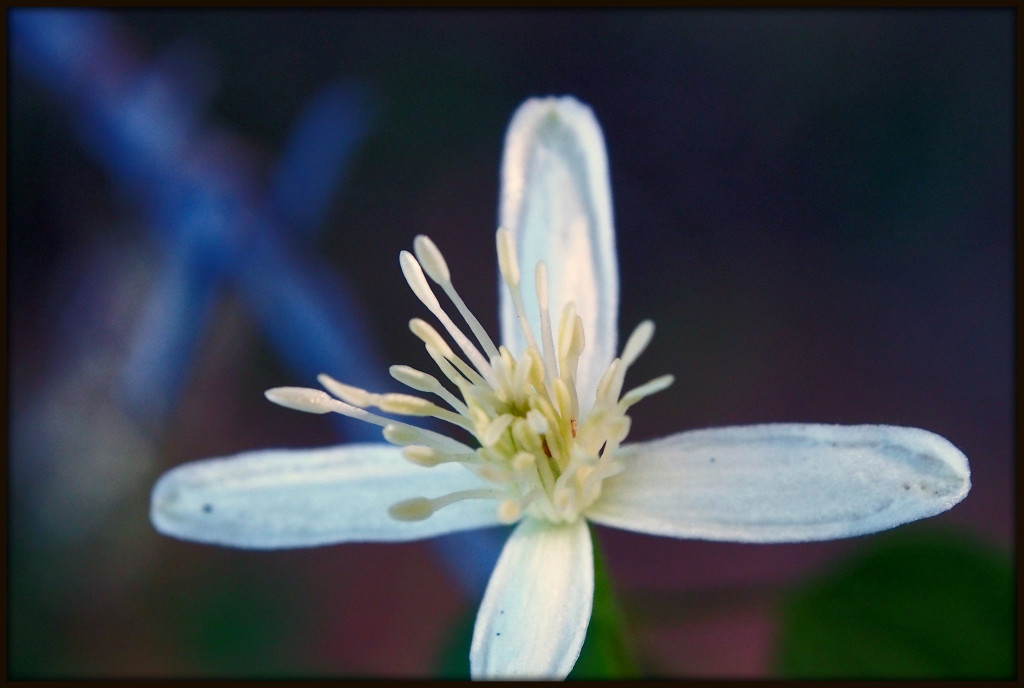
Another plant came into flower along Piney Woods Church Road, which is a fairly uncommon event at the height of midsummer. The blooming vine is covered with a profusion of white blossoms with four petals and yellow stigmas (the uppermost portion of the pistil). It has a delicate beauty though no noticeable fragrance. I was disappointed to find that it is an invasive species from China or Japan with quite a melodramatic name : Sweet Autumn Virginsbower (Clematis terniflora). Originally introduced as an ornamental plant, it is now found throughout the Southeast along forest edges and rights-of-way. Ah, well. If I am to be a photographer of dirt road landscapes, I will become familiar indeed with many invasive species on my journeys.
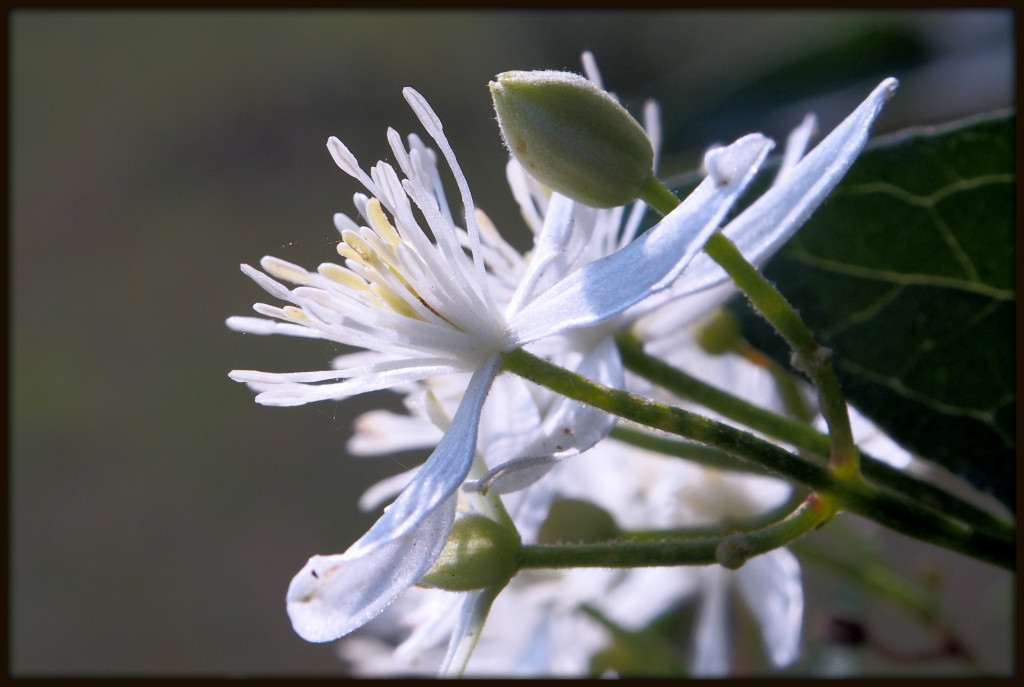
Sunlight sifts through the forest trees, making its way to the space between the edges of a tulip poplar leaf, somewhere down Piney Woods Church Road….
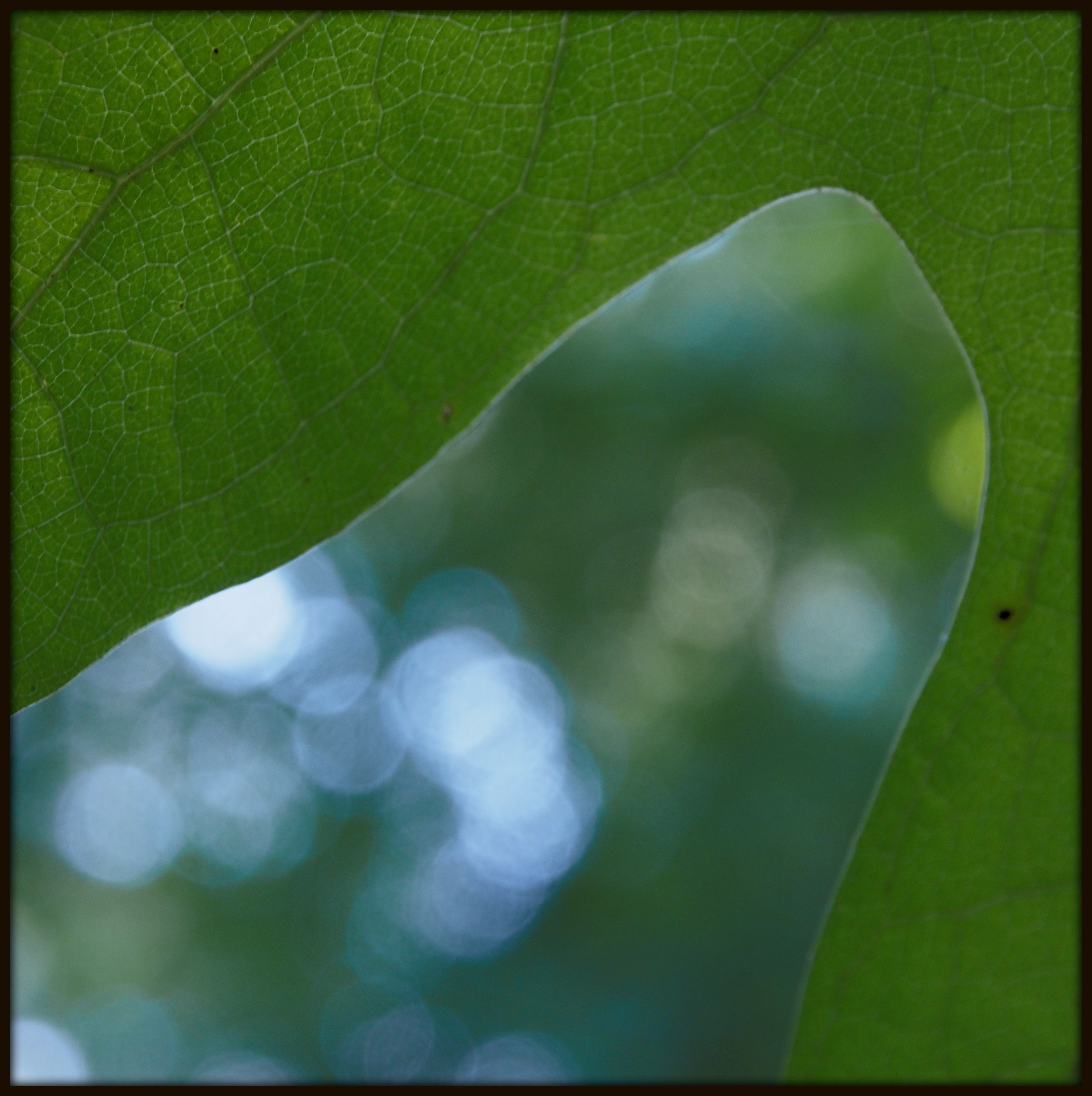
Beyond the barbed wire edging Piney Woods Church Road, a cow grazes into the sunset.
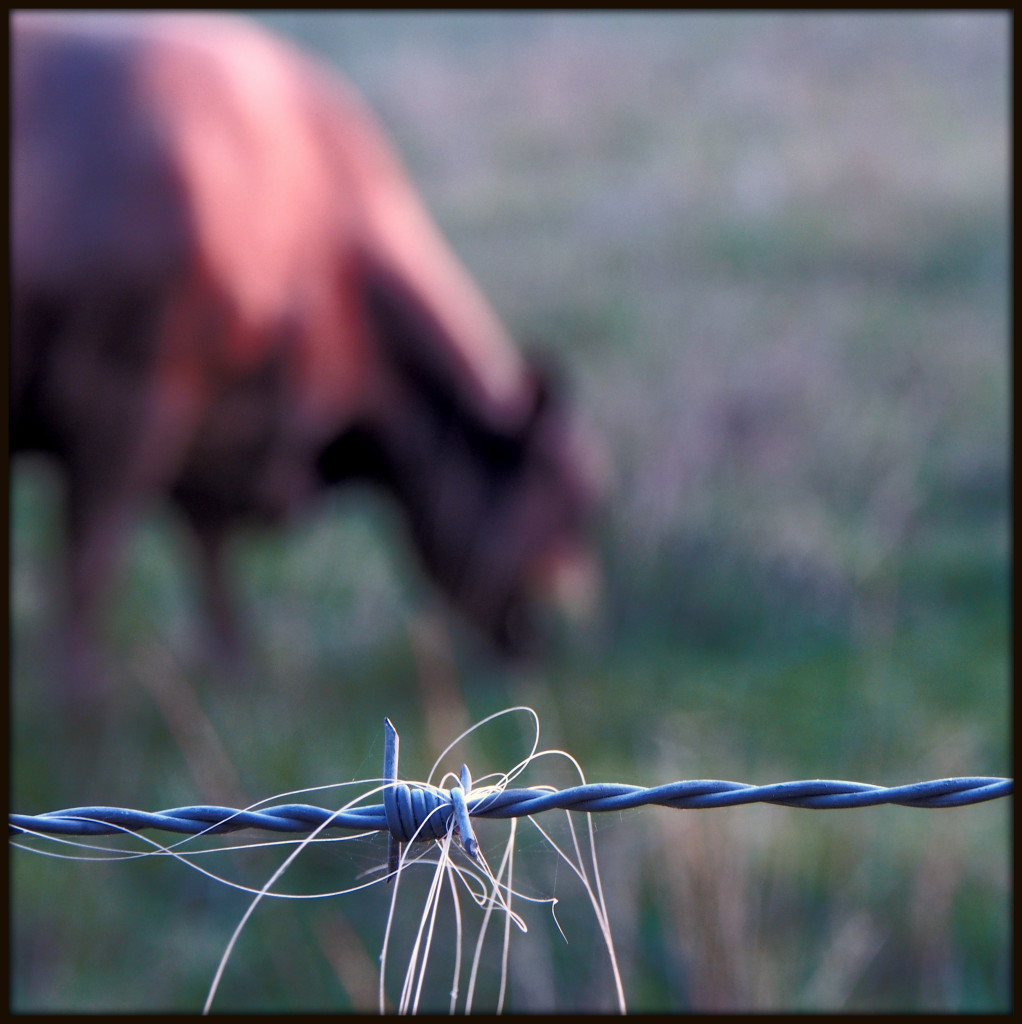
Late this afternoon, along Piney Woods Church Road, I met up with a beautiful bug with a dreadful name. It is the Rough Stink Bug (Brochymena quadripustulata). Another insect ID book on my shelf uses the Latin to assign it the common name of Four-blistered Bronchymena, which I suppose is a little better, though it is quite a mouthful and carries the unpleasant image of blisters. (The Rough Stink Bug, as you can see in the photograph below, has a number of raised orange-red spots, including four on its upper thorax which are responsible for its Latin species name.) I came across this creature resting on the trunk of a pin cherry tree. According to one field guide, it dines on the sap of many trees, including cherry, though it occasionally feeds instead on larvae and pupae of other insects. The other field guide claims instead that it feeds only on “the juices of caterpillars and other soft insects”. Predatory or no, if I were a caterpillar I would err on the safe side and stay well away from the Rough Stink Bug.
